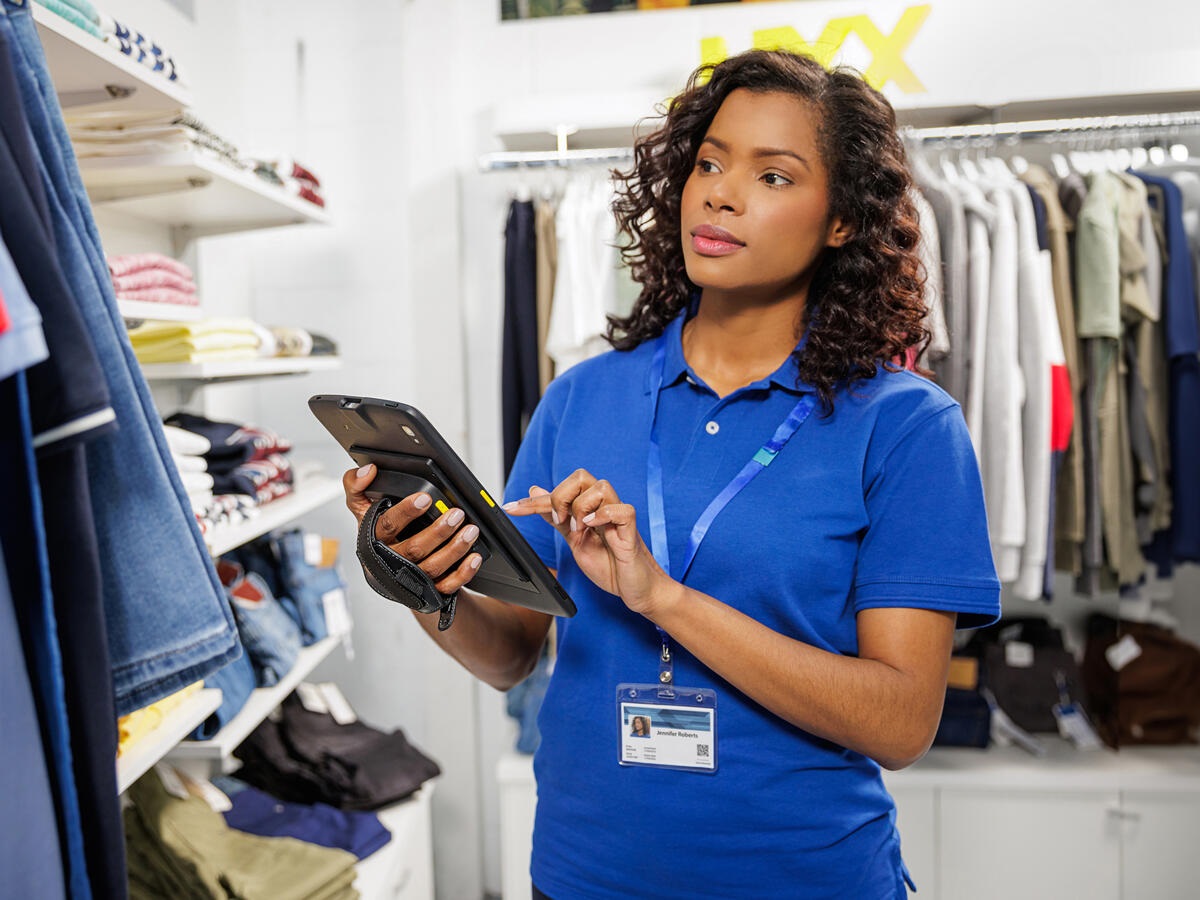Retailers are feeling the omnichannel squeeze, particularly with managing online returns and reducing shrink caused by theft, fraud and other contributing factors, according to the latest Global Shopper Study from leading digital solution provider, Zebra Technologies.
Globally, eight in 10 retailers agree minimising fraud/shrink is a significant challenge (82%), and the ability to forecast demand is important to their organisation (86%). In APAC, retailers’ responses stand at 74% and 89% respectively.
According to National Retail Federation (NRF) data, retailers lost US$112 billion due to shrink in 2022, up from nearly US$94 billion in 2021. The Zebra study indicates 36% of global retailers (40% in APAC) believe better analytics on shrink could help drive profitability. Many retailers expect to deploy loss prevention analytics (49% globally, 55% in APAC) and demand planning and forecasting (54% globally, 61% in APAC) by 2026.
As omnichannel shopping continues to grow, the volume of returns increases along with it. Around seven in 10 of global and APAC retailers say the pressure is mounting to improve the efficiency and expense of managing online orders, returns, and the fulfilment process. Six in 10 retailers say they are upgrading their returns management technology by 2026. In APAC, more retailers are in the process of upgrading at 74%, 12% higher than global retailers surveyed.
Among associates managing returns from online orders, nearly three-quarters (74% globally and in APAC) cite frequent returners as their top challenge. This year, the ease of making returns has moved ahead as a leading reason shoppers choose to shop in stores, outpacing comparison shopping.
“Retailers are increasingly investing in technology to reduce shrinkage and manage returns. Consumers today have higher expectations about availability and returning items more frequently, so retailers face heightened costs tied to inventory tracking, reverse logistics, and a surge in return volumes,” Zebra Technologies director of sales for Australia and New Zealand, Brett Newstead said.
Retailers are tapping into the power of technology to help manage returns with 62% globally (68% in APAC) saying they plan to deploy reverse logistics technology by 2026 to better manage fulfilment pressures. Nearly three in 10 (31% globally, 32% in APAC) of retailers think charging a fee for online orders from frequent returners could potentially improve the overall profitability of online orders.
Since 2020, the number of shoppers preferring pay/checkout anywhere in-store almost doubled from 15% to 26%, mobile payments jumped from 33% to 50% and ‘just walk-out’ to avoid a long checkout line doubled from 14% to 30%.
In APAC, shoppers who preferred pay/checkout anywhere jumped from 16% to 28%, opted for mobile payments went from 46% to 58% and walked out due to long queues soared from 17% to 33%. Meanwhile, more than four-in-10 (48% globally) of consumers opt for self-checkouts, with three quarters (75% globally) saying it helps improve their experience. This is also true for 45% and 74% of APAC shoppers respectively.
Unsurprisingly, most retailers agree self-checkouts deliver value. In fact, eight in 10 of them agree the investment in self-checkouts is paying off (87% globally, 88% in APAC), as this technology allows associates to work on higher value tasks and improves the customer experience. However, around eight-in-10 of retail decision-makers and associates agree store shrinkage and theft is a major issue with self-checkouts. These sentiments are similarly echoed in APAC by 85% of decision-makers and 79% of associates.
Eight in 10 of surveyed consumers (80% globally, 81% in APAC) expect retailers to use the latest technology, and seven in 10 (74% globally, 77% in APAC) say it improves their shopping experience. In alignment with this trend, over half of retailers plan to deploy handheld mobile computers (56% globally, 64% in APAC), scanners (54% globally, 61% in APAC), RFID (61% globally, 69% in APAC) as well as task (54% globally, 62% in APAC) and workforce (56% globally, 62% in APAC) management software by 2026.
“To effectively manage and operate a modern store today, retailers need to make strategic investments in technologies that help them enhance customer experience, engage associates and optimise inventory,” Newstead said.
“Consumer expectation for a seamless shopping experience spans from browsing to acquisition, consumption, and returns, regardless of the shopping venue. To successfully cultivate brand presence, retailers must adapt and collaborate with technology in innovative ways to deliver the anticipated shopping experiences and consequently enhance profitability.”

